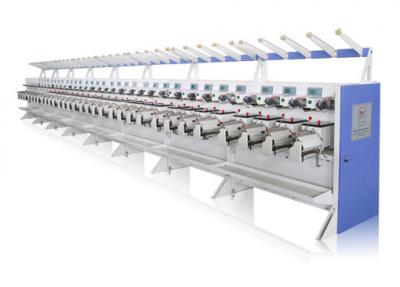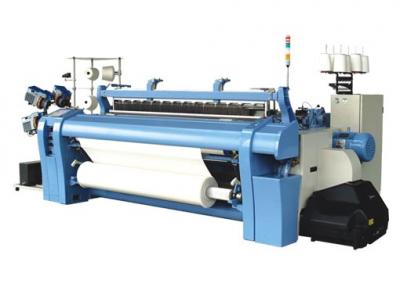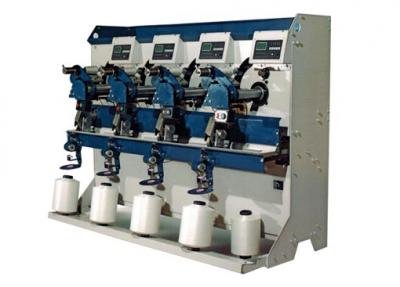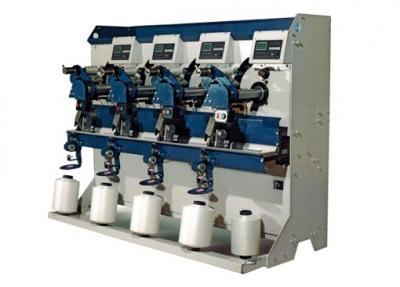Comparison of the advantages and disadvantages of air jet weaving machine and water jet weaving machine
1. Advantages and disadvantages of air jet weaving machine
Advantages: The air-jet weaving machine weft insertion medium is rich and cheap, and can be recycled. When the weft insertion is flying in high speed, there is no danger of rolling and it is safer. A device with a weft removal and an automatic head is provided, which has a high degree of automation. The mechanical mechanism of the weaving machine is relatively simple and the product quality is high.
Disadvantages: Power consumption is large, the tension of the weft yarn is difficult to control, and it is easy to produce defects in the weft direction. It is necessary to create conditions for the weft yarn to smoothly pass through the shed. Therefore, the machine with large tension and small opening is used to improve the sharpness of the shed, which requires smooth yarn surface, less hairiness and high strength.
2. Advantages and disadvantages of water jet weaving machine
Water jet weaving machine is a high-speed looper commonly used in recent years, but its products are also limited. Many products cannot be produced, but the production efficiency of general interior fabrics is extremely high. The water jet weaving machine needs to be installed and debugged after the new machine is in place. This process requires some experience before operation. The parameters in the weaving machines are for reference only. The main reason is that the accuracy of each part of the weaving machine affects the operation of each part. However, the looms should be initially adjusted according to the parameters, and then adjusted according to experience.
The same and different aspects of air jet weaving machine and water jet weaving machine
The same aspect: They are all shuttleless looms
The different aspect: The water jet weaving machine is made of water as a medium, and the high-pressure water stream is used to carry the weft yarn from one end of the weaving machine to another, and the suitable product is relatively thin. Moreover, the raw materials are hydrophobic, and chemical fiber fabrics such as polyester, nylon, and acrylic can be made with a water jet weaving machine.








 +86-575-86333303
+86-575-86333303  sales@wsftex.com
sales@wsftex.com
 Rifa Road, Nanyan High-tech Zone, Xinchang, Zhejiang, China
Rifa Road, Nanyan High-tech Zone, Xinchang, Zhejiang, China